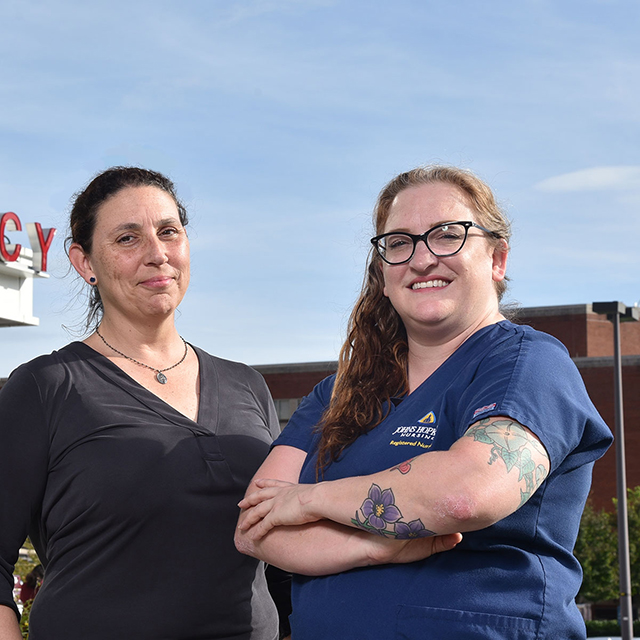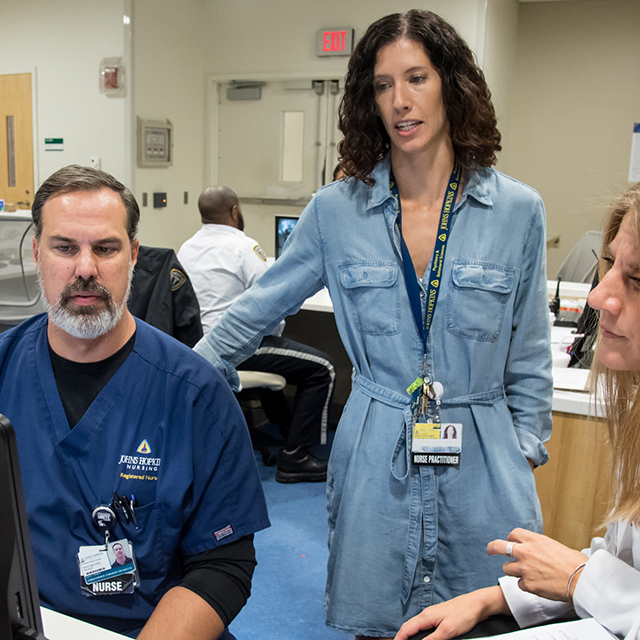Children and teens who come to the emergency department at Howard County General Hospital with behavioral health issues now have a safe and calm five-bed space of their own.
In the Child and Adolescent Support Area — separated from the main pediatric emergency room —young people awaiting treatment can’t hurt themselves or others, damage property or walk out without permission or a care plan.
“We worked very hard to balance patient comfort and safety,” says Andrew Angelino, director of psychiatry at Howard County General Hospital. “Rooms are private, and large enough for a parent to stay with a child comfortably. There are televisions and activities, as well as a shower for patients who may have to stay longer while they wait for an inpatient bed at a psychiatric facility.”
The area is modern-looking, and free of anything that patients could use to hurt themselves or others.
“Patients presenting with a behavioral health crisis are at their most vulnerable,” says Angelino. “The space protects young people suffering from illnesses that impair judgment, limiting opportunities for regrettable behavior.”
Psychiatric areas are relatively rare in pediatric emergency departments. Within the Johns Hopkins Health System, the only other one is at The Johns Hopkins Hospital. The Child and Adolescent Support Area, which opened in May, was formerly administrative office space.
The change also minimizes disruptive behavior in the main pediatric emergency room. “There have been patients who came through the pediatric emergency department who were very aggressive,” says Angelino. “There was a need for a safer space, for the psychiatric patients as well as the other emergency patients.”
Laura Hagan, nurse manager of the pediatric emergency department, says she’s seen a threefold increase in pediatric psychiatric patients since 2012: There are now about 80 a month during the school year and roughly half that amount in summer months.
One reason for the increase, particularly during the academic year, is that school officials and classmates are more vigilant about intervening when teens exhibit warning signs of violence or suicide, says Angelino. He adds that academic and social pressure, often amplified by social media bragging, is also responsible.
“Overall, the shortage of pediatric and adolescent psychiatric beds in the state has led to longer waits,” says Angelino. “We are working hard with our community partners to do everything we can to address this, but with more recognition of mental illness in this population, services are always in high demand.”



